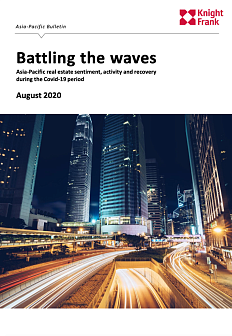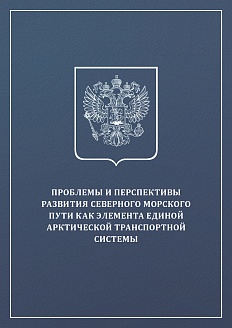In the year since Beijing cracked down on the policy that practically made China the worlds leading landfill, not all Western countries have been able to patch the gaps in their own waste processing infrastructure. As a reminder, China closed its door to the import of 24 types of municipal solid waste, including plastics, unsorted paper products, textiles, and metal slag containing vanadium. This caused a genuine panic, especially in the USA, Japan, and Australia. It turns out that the unreal success of these countries in terms of recycling is partially a myth. At the very least, this statement is justified with respect to the United States and Australia. Japan, of course, has achieved much itself with its postconsumer processing, use, and production, but the Chinese ban has turned out to be an unpleasant surprise for its leaders as well.
And all because Tokyo exported a large amount of trash to China. More accurately, they exported 50% of plastic and 70% of paper products thrown away by the Japanese. Thats 840,000 tonnes of the former and 280,000 tonnes of the latter. Meanwhile, Japan was fully capable of processing the majority of this volume, though it would be more expensive. Its no surprise that not everyone in Japan is unhappy with Chinas decision: recycling enterprises are expecting to operate at full capacity. But who is going to pay for this? Thats a rhetorical question, of course: as it is everywhere and always, the public will be the ones to pay.
Beijing had already reduced the import of Japanese post-consumer materials after the 2008 crisis. Then, Japan ended up accumulating entire mountains of plastic bottles because their domestic recycling plant capacities had shrunk significantly in response to an unprofitable market as waste was exported to China. Yes, Japan has the most advanced waste processing system in the world, but this is an expensive luxury.
Speaking of which, Australians are also wary of financial problems, just of a different sort. They are concerned that the spike in the supply of recycled materials will be so great that prices will plummet. Australia exported less waste to China than Japan (approximately 619,000 tonnes of trash), but these were significant volumes when taking the ecological security of the continent into account. Changing Australians relations to waste will be an expensive and arduous process. After all, while post-consumer waste was being shipped off to China, Australians approached the trash situation in the same
way that Russians and Americans did: they didnt notice the problem. Developing a different approach will require years and billions of dollars.
The hardest hit by the Chinese crackdown on waste important was, of course, the United States. The United States is the largest producer of trash in the world, exporting a third of all of its post-consumer waste, with at least a sixth definitely going to China. Or, more accurately, a sixth definitely went to China. In 2016, the USA shipped USD 36.2 billion worth of trash overseas (13 million tonnes of paper waste alone and half of all American metal waste).
Now this luxurious approach to trash is impossible. Americans have already noticed a significant drop in paper recycling prices (by almost half). And theres more to come! China has promised to close its doors to the import of 32 other types of waste by the summer of 2020. When it comes to the types of waste that the Chinese are still accepting, their sorting demands have
become stricter. For context: Americans, much like Russians, are for the most part unused to pedantic trash sorting and are completely capable of throwing cardboard, food, and metal cans into the same bag. Earlier, the Chinese sorted this trash themselves. Now, if they see, for example, a pizza box in a batch of paper products slated for recycling, theyll reject the entire lot, because the oils from the box will ruin the cardboard.
Americans have already calculated that, with these new rules and in order to avoid being swamped with garbage, they will need to reduce the share of unrecyclable materials to 0.5%. This is terrible news because, according to experts, the United States recycling industry is not yet up to the task. After all, the United States produces 66 million tonnes of trash a year! And if only the issue was simply one of volume... 
The famous Austrian architect Friedensreich Hundertwasser (on the left page) was a strong advocate of nature. By designing waste incinerators in Vienna (left) and Osaka (right), he made it a condition for the city authorities to use state-of-the-art equipment to minimize emissions
The problem is that recycling trash at these volumes is economically unprofitable. The United States has already undergone what Australians are just wary of, the prices of recycled materials have fallen. If earlier a tonne of recycled paper products cost USD 100, now it costs USD 5. It turns out that plastic bottles are completely unprofitable to recycle, its cheaper to make new ones. As a result, companies and landfills in Massachusetts, Seattle, and Phoenix have gone bankrupt.The American government still plans to foster a scrupulous approach to sorting trash among the population, akin to the attitudes in Japan and certain European countries, but not in the near future. Only one solution is left: to find a new landfill outside of the country. But this is an impossibility. Following Chinas decision, the majority of developing countries announced their own bans on processing and storing imported waste. Even those countries that are still willing to accept waste from abroad are not capable of handling anything on the level of what China could.








